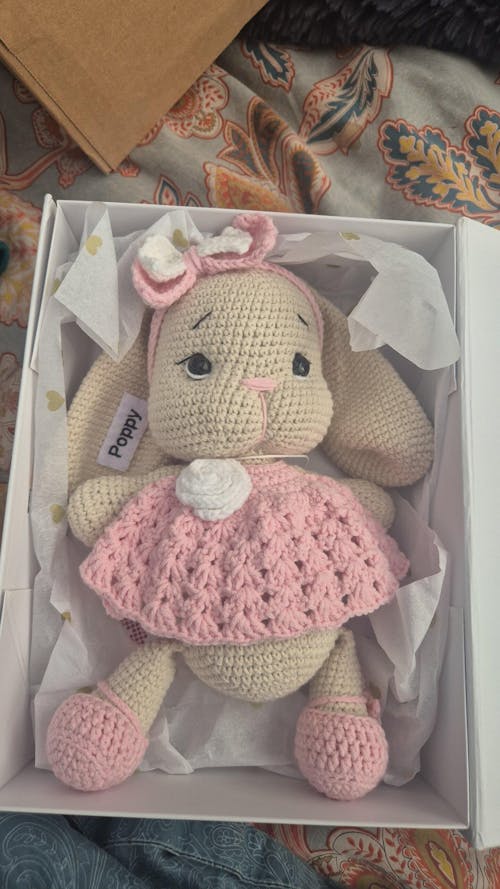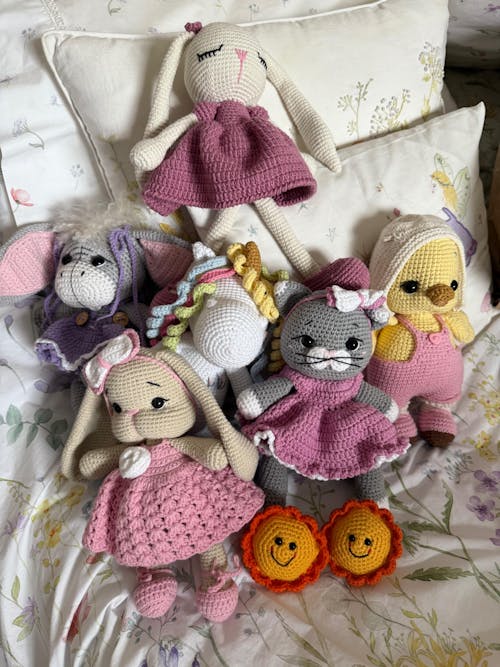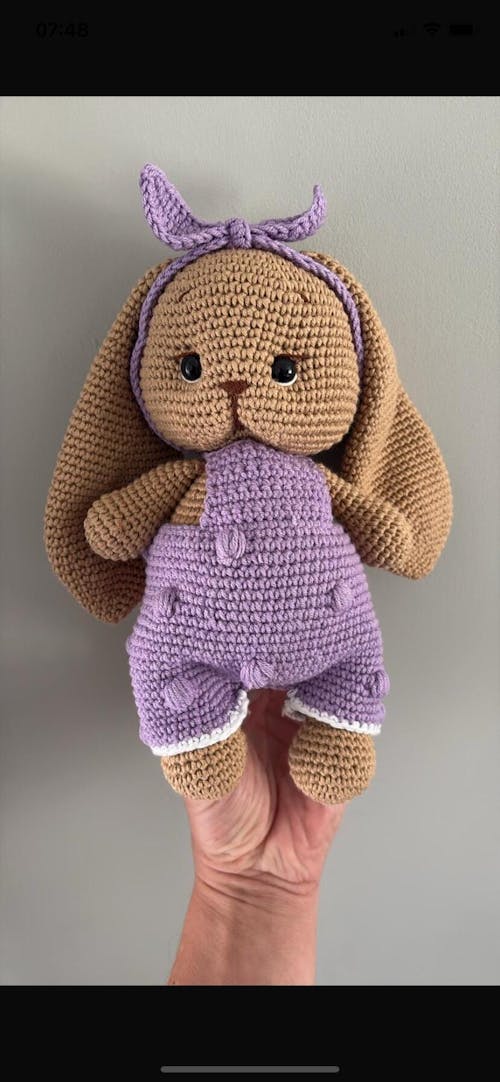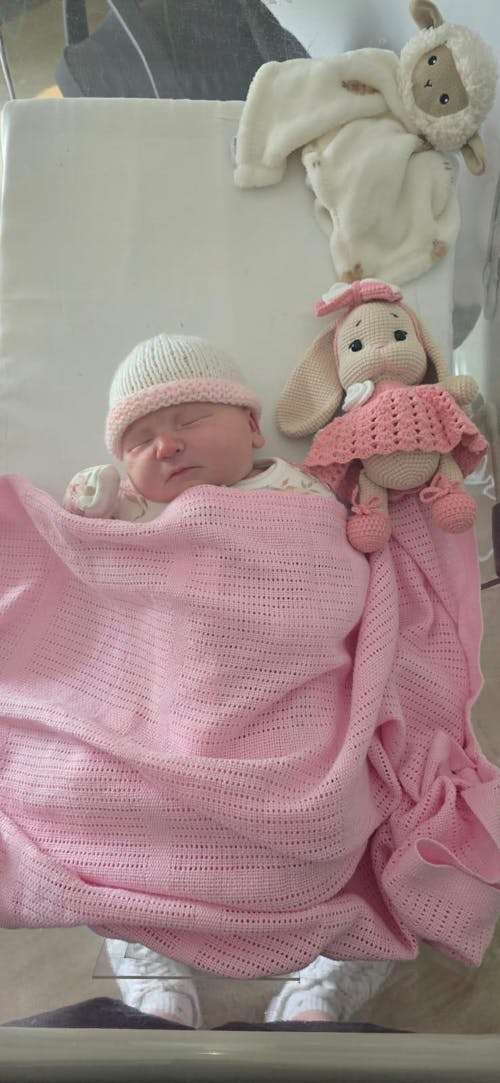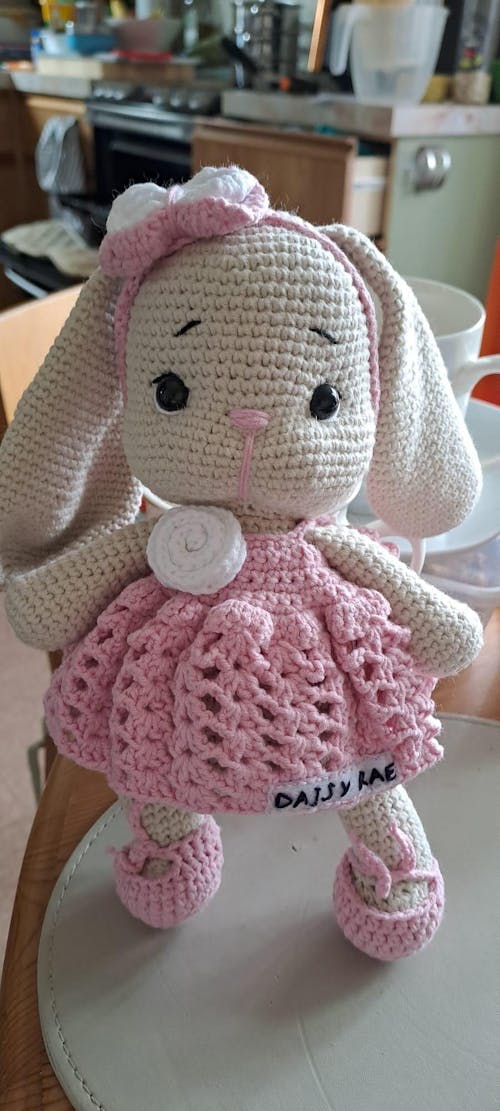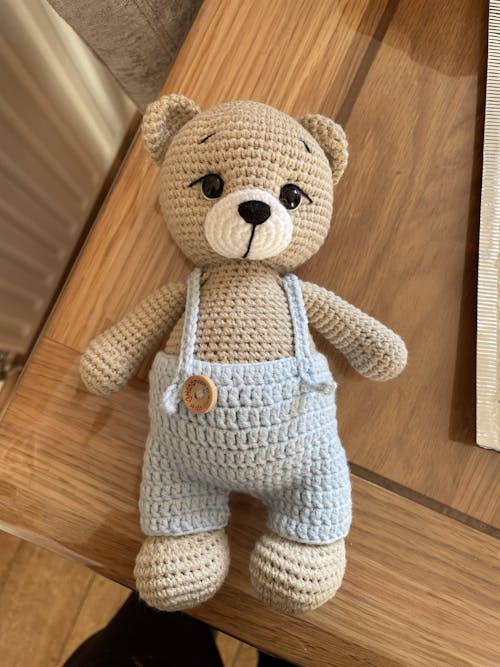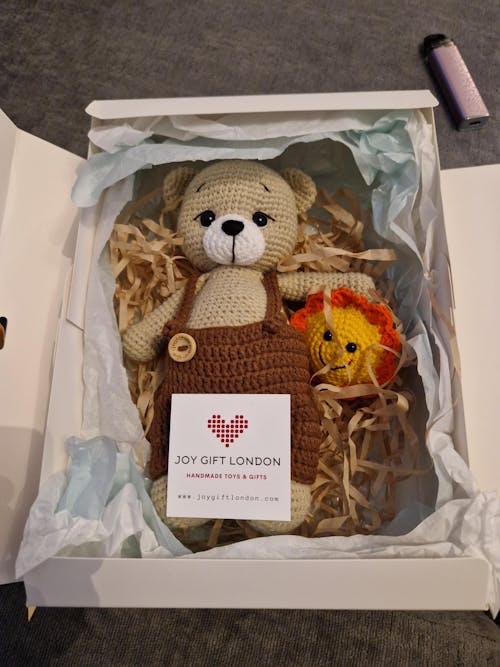CE Mark vs. UKCA Mark: What You Need to Know for Your Crochet Toys
Share
Introduction
If you are in the business of making and selling handmade crochet toys, navigating the landscape of product safety certifications can be daunting. With the UK's exit from the European Union, two primary safety marks now govern the market: the CE mark and the UKCA mark. This blog post will explain the differences between these marks and guide you on how to ensure your crochet toys comply with both.
What are the CE and UKCA Marks?
CE Mark
The CE mark, or "Conformité Européenne," signifies that a product meets EU safety, health, and environmental protection requirements. It is mandatory for many products, including toys, sold within the European Economic Area (EEA).
UKCA Mark
The UKCA (UK Conformity Assessed) mark is the new product marking that is used for goods being placed on the market in Great Britain (England, Scotland, and Wales). It replaces the CE mark post-Brexit.
Why These Marks Matter
Both the CE and UKCA marks indicate that your products have been assessed and meet the necessary safety standards. They are crucial for:
- Legal Compliance: Ensuring your toys are legally permitted to be sold in their respective markets.
- Consumer Trust: Providing assurance to customers that your toys are safe for children.
- Market Access: Allowing you to sell your products in both the EU and the UK.
Key Differences Between CE and UKCA Marks
-
Geographical Scope
- CE Mark: Required for products sold within the EEA.
- UKCA Mark: Required for products sold within Great Britain.
-
Regulatory Framework
- CE Mark: Based on EU regulations, including the Toy Safety Directive 2009/48/EC.
- UKCA Mark: Based on UK regulations, which currently mirror EU standards but may diverge over time.
-
Documentation and Declarations
- CE Mark: Requires a Declaration of Conformity (DoC) stating that the product complies with applicable EU regulations.
- UKCA Mark: Requires a UK Declaration of Conformity, which is similar to the EU DoC but specific to UK regulations.
Steps to Obtain CE and UKCA Marks for Crochet Toys
1. Understand Relevant Standards
Both marks require compliance with specific standards for toy safety, including:
- EN 71-1: Mechanical and physical properties
- EN 71-2: Flammability
- EN 71-3: Migration of certain elements
2. Conduct a Risk Assessment
Identify potential hazards in your crochet toys, such as choking, sharp points, and toxic materials. Document how you mitigate these risks.
3. Use Safe Materials
Ensure all materials (yarn, stuffing, embellishments) are non-toxic and safe for children, compliant with EN 71 standards.
4. Design and Production Compliance
- CE Mark: Adhere to EU Toy Safety Directive requirements.
- UKCA Mark: Adhere to UK toy safety regulations, which currently align with EU standards.
5. Perform Testing
Testing can be conducted in-house or through accredited laboratories to confirm compliance. Required tests include:
- Mechanical and physical testing
- Flammability testing
- Chemical composition testing
6. Prepare Documentation
- CE Mark: Compile a technical file including a Declaration of Conformity (DoC) for EU regulations.
- UKCA Mark: Compile a technical file including a UK Declaration of Conformity.
7. Affix the Marks
- CE Mark: Ensure the CE mark is visible, legible, and indelible on the product.
- UKCA Mark: Ensure the UKCA mark is visible, legible, and indelible on the product.
Maintaining Compliance
Compliance is an ongoing process. Regularly review and update your risk assessments, materials, and production processes. Stay informed about any changes in EU and UK regulations.
Conclusion
Navigating the requirements for CE and UKCA marks is essential for selling your handmade crochet toys in both the EU and UK markets. By understanding the differences and ensuring compliance with both sets of standards, you can confidently market your toys to a broader audience while ensuring the highest safety standards.
Additional Resources
By adhering to these guidelines, you can ensure that your handmade crochet toys are safe, compliant, and ready for both the European and British markets.

